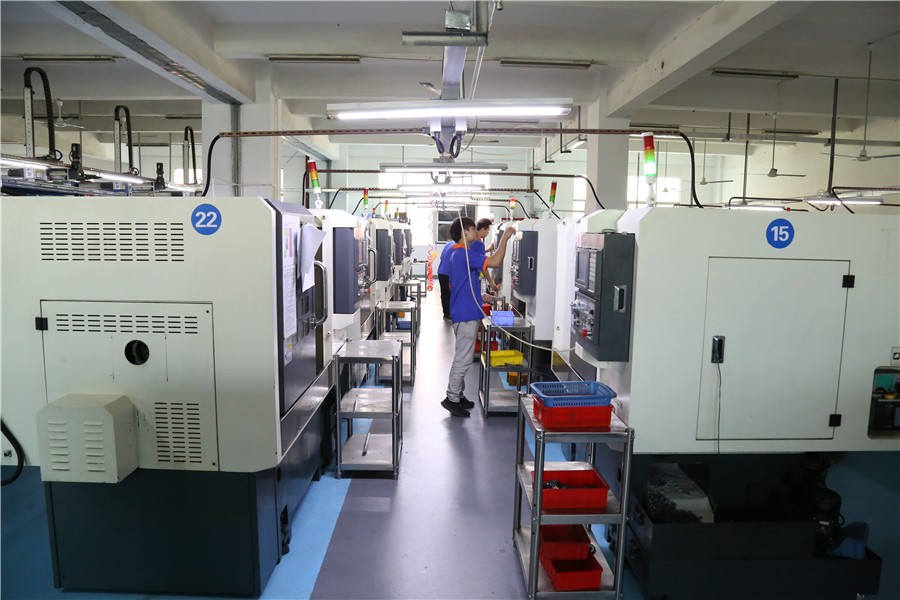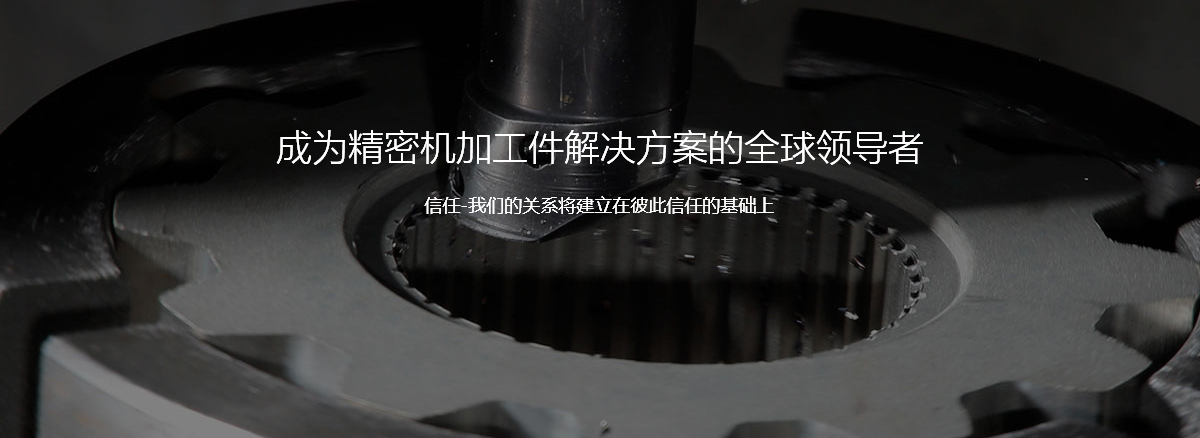According to the requirements of different material workpieces and products, there are also differences in the form of mechanical processing. Vehicles, clamps, washing, planing, and grinding are the mechanical processing methods we often hear. With the development of mechanical technology, electroplating, line -cutting, casting, forging, powder and other processes also appeared in mechanical processing.
Seven common processing methods:
1. Drive
After the workpiece is rotated, the workpiece cuts the workpiece into the required shape. When the tool moves along the parallel rotation axis, the inside and outside cylindrical surface can be obtained. The formation of the cone surface is the tilt movement of the knife at the intersection of the axis.

A rotating curved surface is formed on the imitation lathe or CNC lathe, which is used to control the tools along the curve. The other rotating curved surface is made by the car knife horizontally. In addition, you can also process thread surface, end face, and eccentric axis, and can also be carried out.
2. Mill
Milling mainly depends on the rotation of the tool. Milling has two types: horizontal milling and vertical milling. The plane of the horizontal mill is composed of the blade on the outer round surface of the mill. The standing milling is used as the blade of the milling cutter as the end surface. In order to obtain a higher cutting speed and higher production efficiency, it can improve the speed of the milling cutter. However, due to the entry and cutting of the tooth of the milling knife, it will have an impact, so it is easy to vibration during the cutting process, thereby limiting the improvement of surface quality.
3. Plane
Plating processing is mainly the tool for cutting line -line motion cutting workpieces. Therefore, the speed of planing is relatively low, which reduces productivity. However, when the planing accuracy and surface roughness are low, the planing effect is more stable.
4, grinding
The grinding processing mainly depends on the processing of the wheel and abrasives to process the workpiece and rely on the rotation of the wheel. During grinding, the grinding particles on the surface of the workpiece mainly plays three functions: cutting, engraving and sliding rubbing. The sand particles themselves are gradually dull from the tip, the cutting effect becomes worse, and the cutting force increases. Therefore, after grinding for a certain period of time, tools such as diamond car knife are needed to repair the sand wheel.
5. Teeth surface processing
Teeth surface processing is a new type of processing method, and its processing methods can be divided into two categories: forming methods and exhibition methods. The forming method is mainly processed by ordinary milling machines. Its tool is a forming milling cutter. It requires two simple forming motion: rotation movement and linear motion of the tool. However, the machine tools that are used to process the tooth surfaces are used to make the tooth surface, which are rolling machines, tooth machines, etc.


